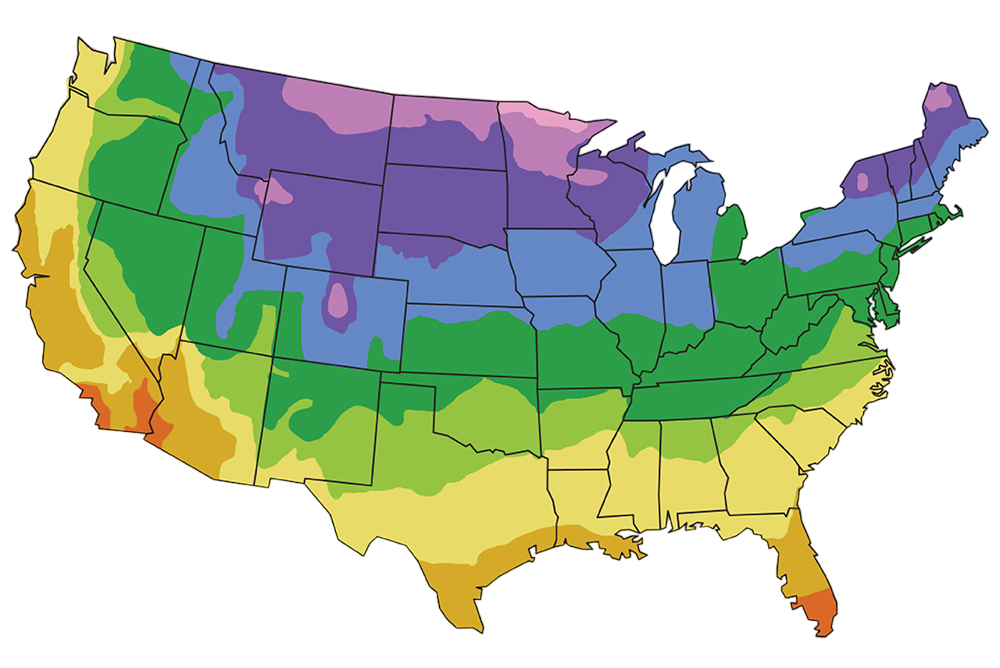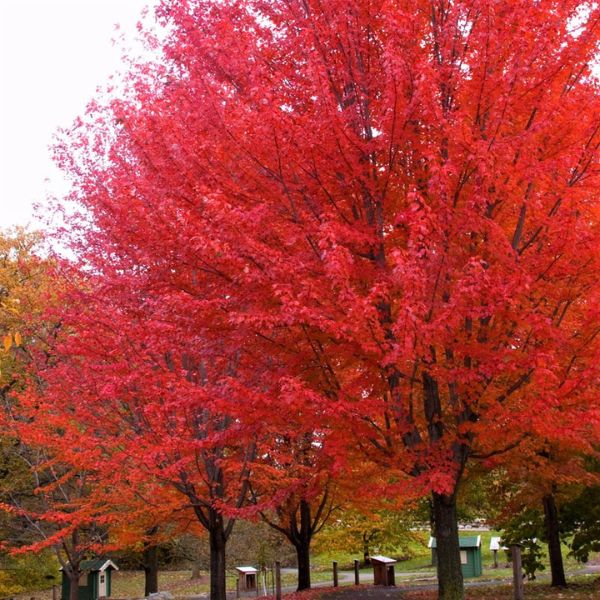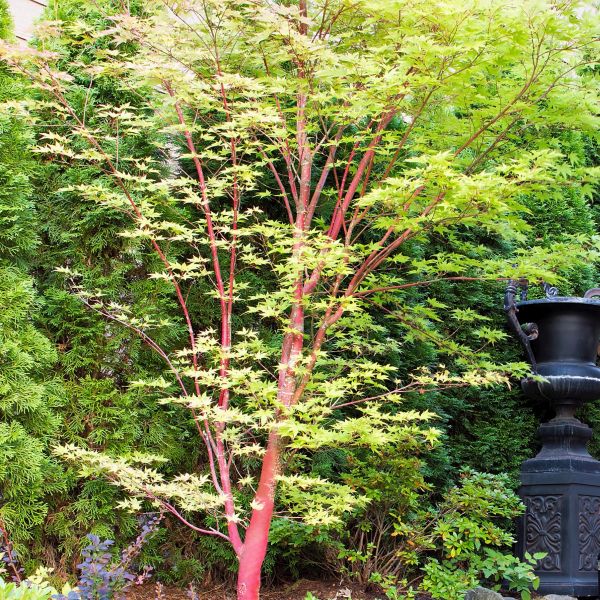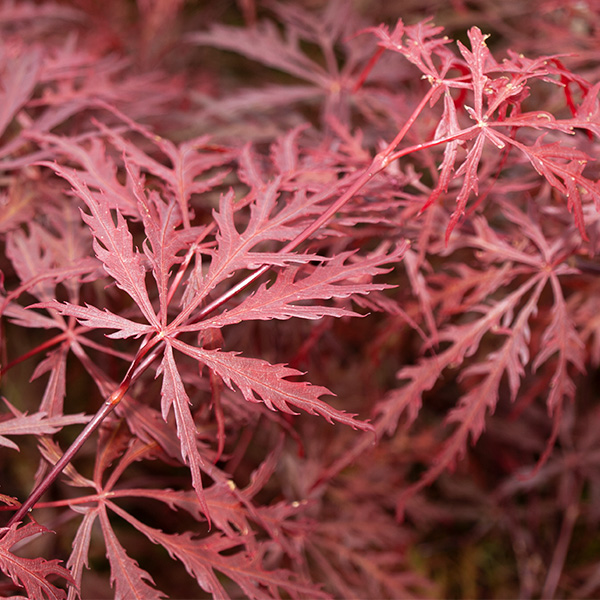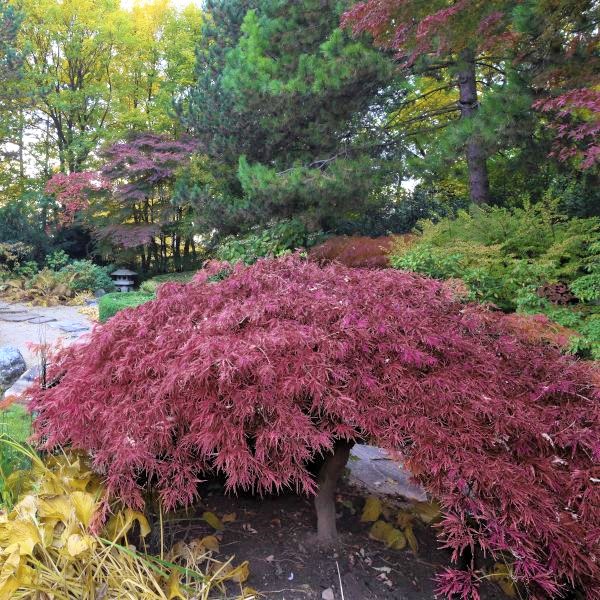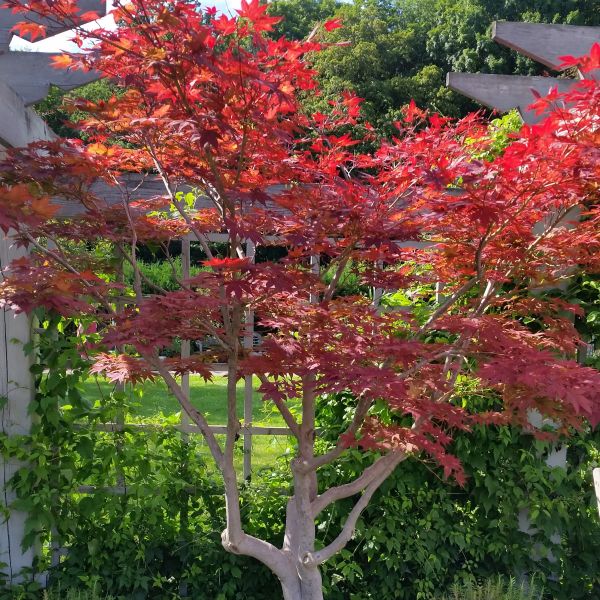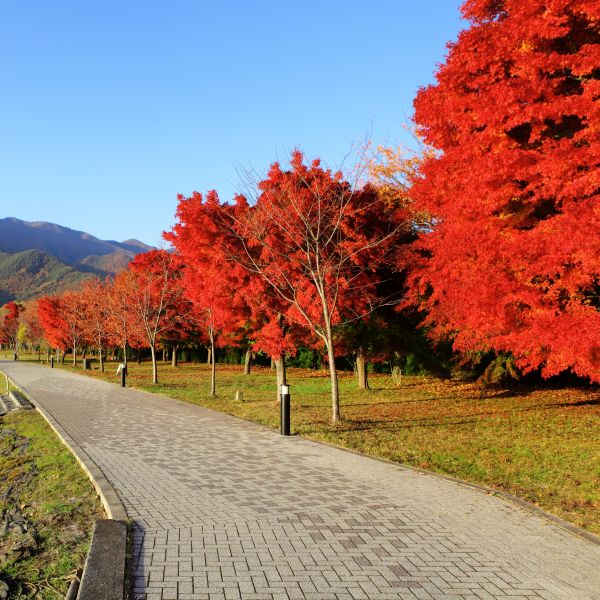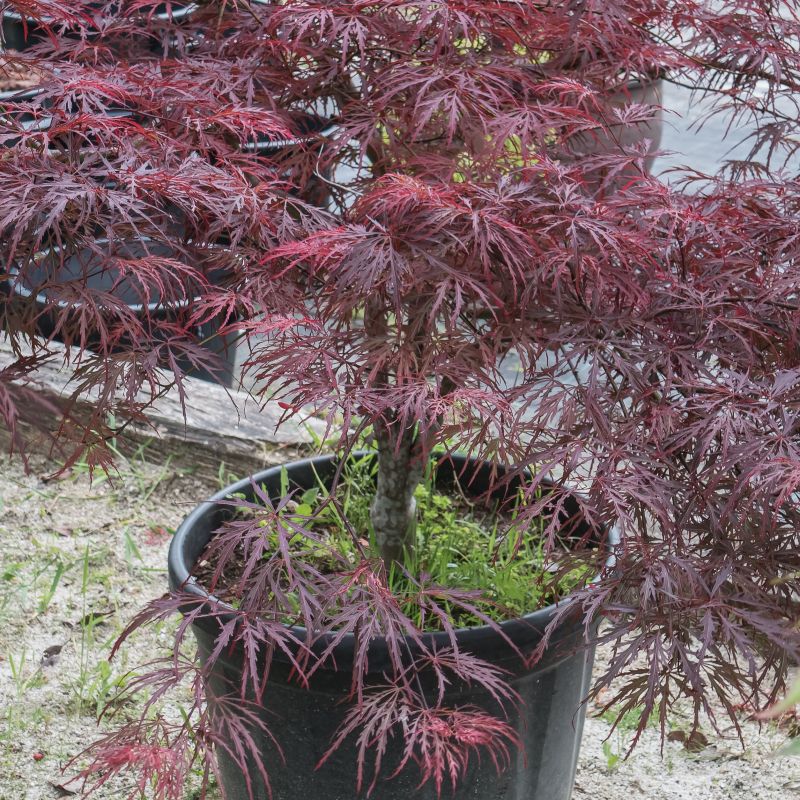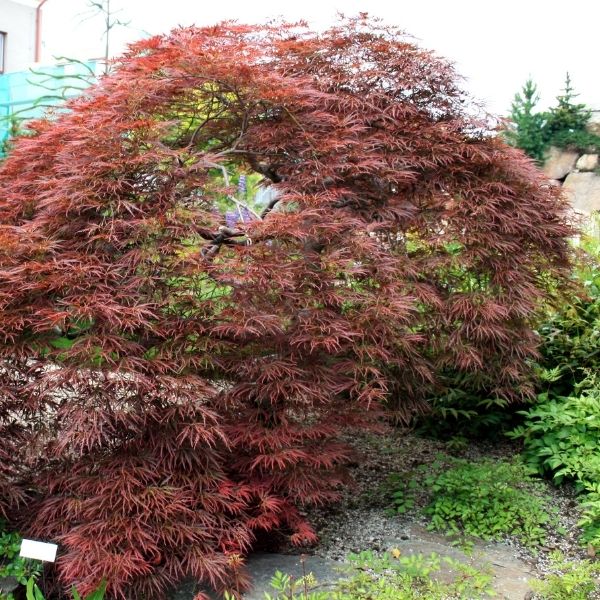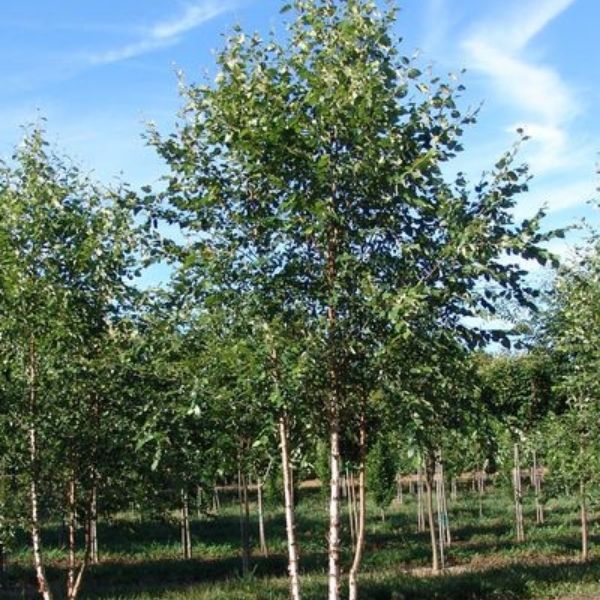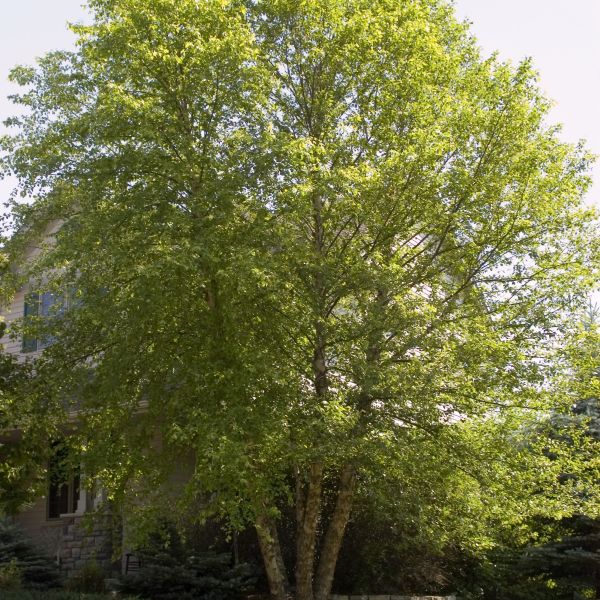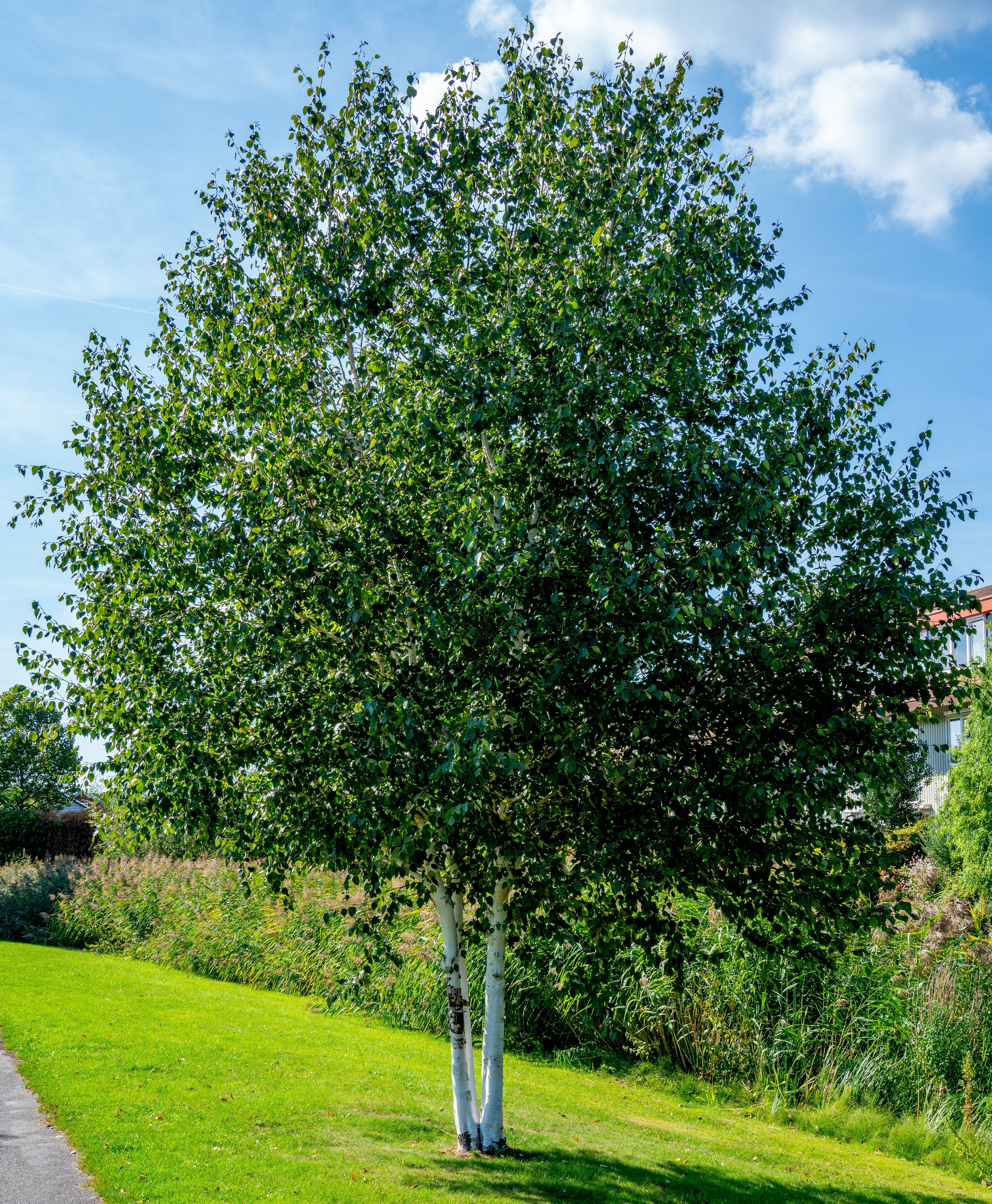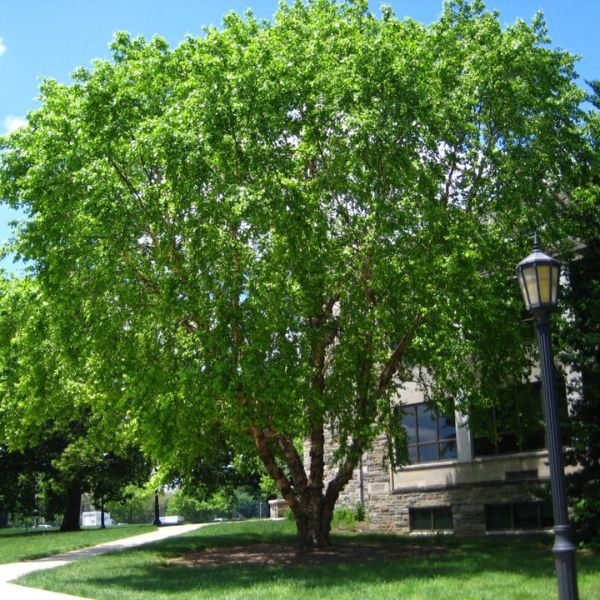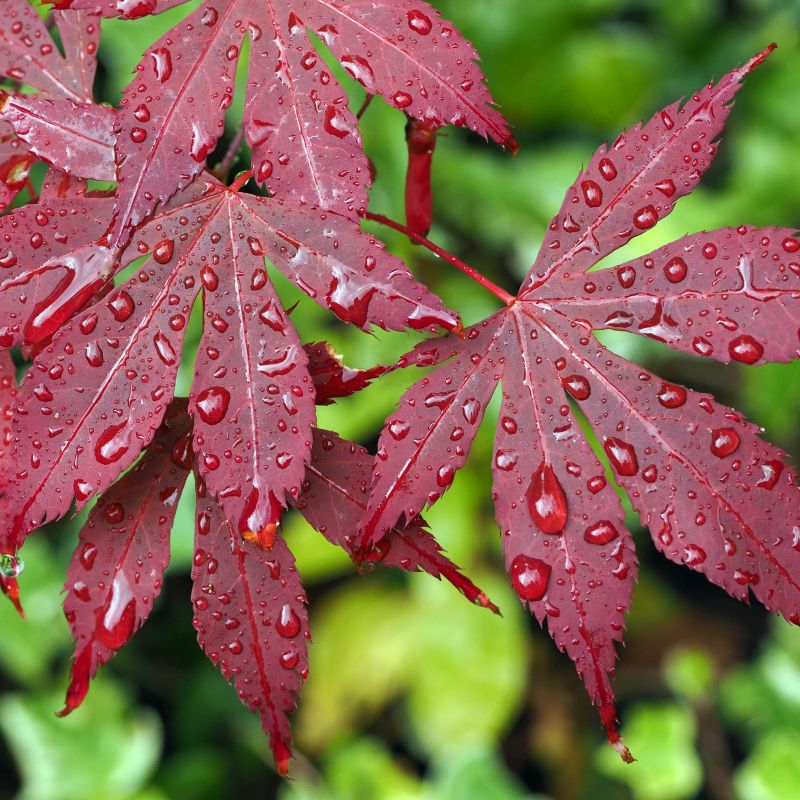


Bloodgood Japanese Maple
Acer palmatum 'Bloodgood'
13 reviews
Bloodgood Japanese Maple
Acer palmatum 'Bloodgood'
13 reviews
- Dramatic deep red foliage
- Low maintenance tree
- Attractive all year round
- Recommended by landscape designers for optimal fit in real yards
$158.00
$226.00
30% Off
- Ships to 43215 in 3 to 7 days
- Free Shipping
- Plant Arrival Guarantee
- In Stock
- Free Plant Consult
$200 - Landscape-Approved: Every Plant We Sell Comes With Design Expertise Behind It
- 2.5 Gallon
- .63 Quart Single Stem
- 1.5 Gallon 2-3 Feet Single Stem
- 3.5 Gallon 2-3 Feet
- 6 Gallon 4-5 Feet
Not just beautiful - intentionally selected by ShrubHub's 3D landscape design team to fit real-world spaces and maximize yard potential.
Why Bloodgood Japanese Maple?
Bloodgood Japanese Maple is a popular ornamental tree known for its striking deep purple-red foliage that turns a brilliant red in the fall. This compact tree grows to about 15-20 feet tall and wide, making it ideal for smaller gardens or as a focal point in a landscape. It thrives in partial shade and well-drained soil, adding a touch of elegance to any garden.
People who loved this plant also bought
Sunlight
Bloodgood Japanese Maple trees prefer partial shade to full sun. They can tolerate some shade but will exhibit their best color in full sun. It is important to protect them from harsh afternoon sun to prevent leaf scorch.
Watering
Bloodgood Japanese Maples require regular watering, especially during hot and dry periods. They prefer moist but well-drained soil, and it is recommended to keep the soil consistently moist but not waterlogged. It is important to water deeply to encourage
Fertilizing
Bloodgood Japanese Maple trees benefit from a slow-release, balanced fertilizer in early spring before new growth begins. Use a fertilizer with a 10-10-10 NPK ratio or similar. Avoid excessive nitrogen, as it can promote leafy growth at the expense of colo
Bloodgood Japanese Maple
The Bloodgood Japanese Maple, also known as Acer palmatum 'Bloodgood', is a beautiful ornamental tree that is highly prized for its stunning foliage and graceful form. This deciduous tree features deeply lobed leaves that emerge a deep burgundy-red in spring, then transition to a rich green-red in summer, and finally turn a brilliant scarlet in fall.
The Bloodgood Japanese Maple is a relatively slow-growing tree that typically reaches a height of 15-20 feet with a spread of 15-20 feet. It has a compact, rounded shape and forms an attractive canopy that provides dappled shade beneath its branches. This tree is an excellent choice for small gardens, as well as for use as a focal point or specimen plant.
Easy to grow and maintain, the Bloodgood Japanese Maple prefers moist, well-drained soil and partial to full sun. It is relatively drought-tolerant once established and does not have any significant pest or disease issues. Pruning is generally not required, but can be done to maintain the desired shape or size.
Overall, the Bloodgood Japanese Maple is a versatile and beautiful tree that adds color and interest to any landscape throughout the seasons. Whether planted as a standalone tree or used in a mixed planting, this cultivar is sure to make a striking impression.
Plant Information:
| Botanical Name: | Acer palmatum 'Bloodgood' |
| USDA Zones: | 5 - 8 |
| Water: | Moderate |
| Exposure: | Full Sun |
| Soil Needs: | Widely Adaptable |
| Mature Height: | 15 - 20 feet |
| Mature Spread: | 12 - 15 feet |
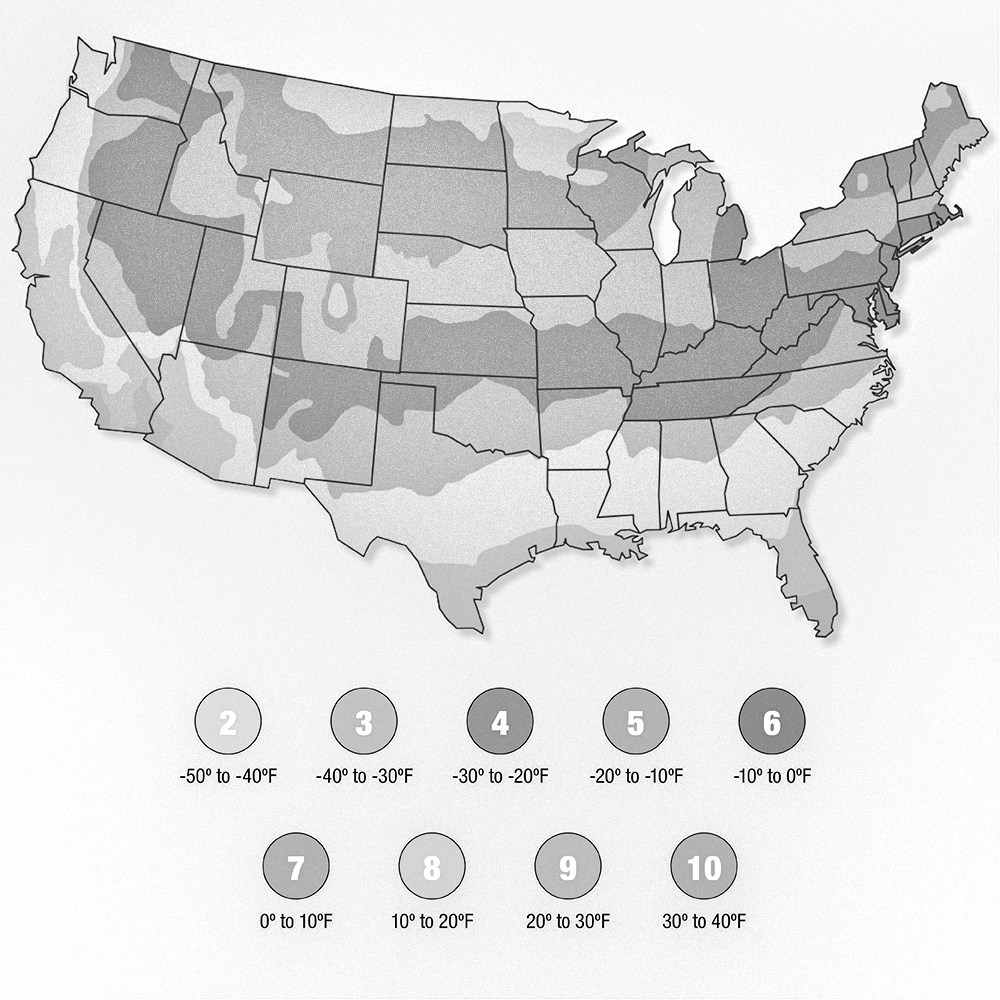

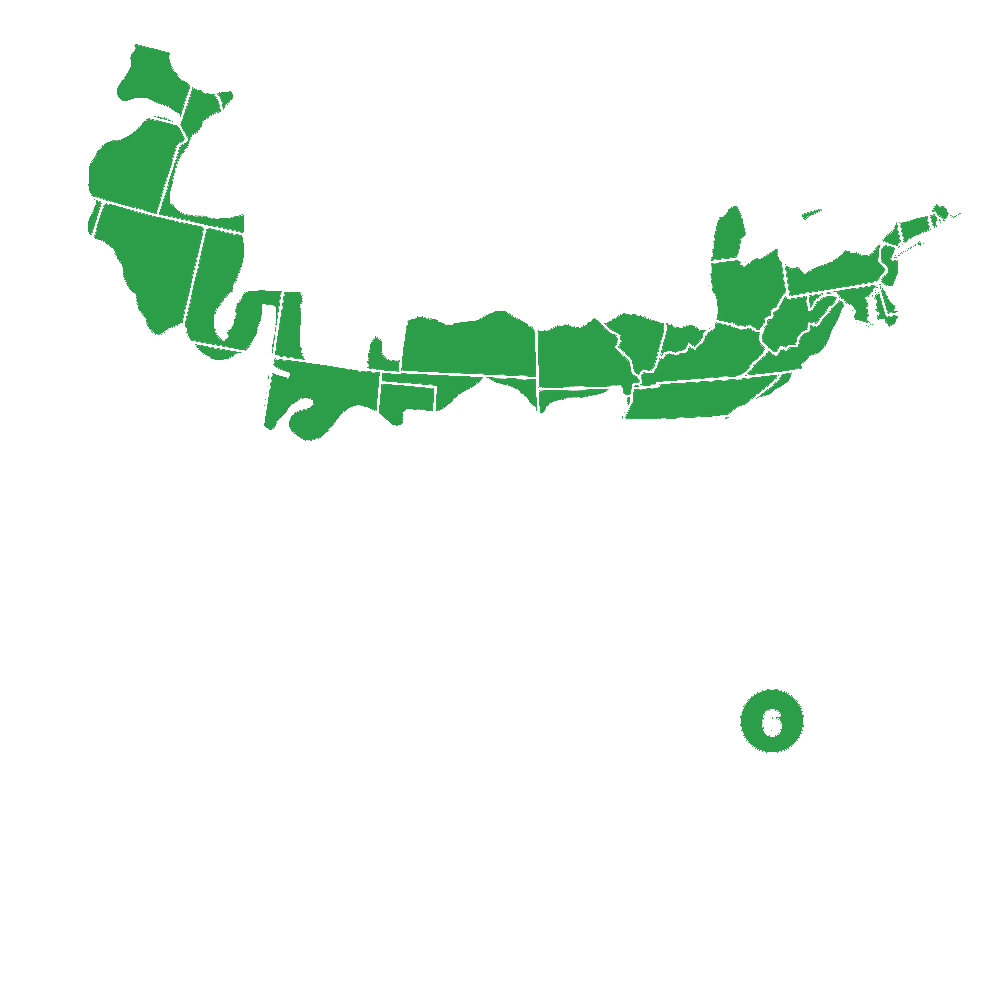


Pollination Info
Bloodgood Japanese Maple (Acer palmatum 'Bloodgood')
The Bloodgood Japanese Maple is a popular ornamental tree known for its beautiful red foliage and graceful, cascading branches. In order to produce seeds and fruit, the Bloodgood Japanese Maple relies on pollination from wind and insects.
Wind Pollination:
The male and female flowers of the Bloodgood Japanese Maple are typically wind-pollinated. The male flowers produce pollen, which is carried by the wind to the female flowers. Once pollinated, the female flowers will develop into seeds contained within winged fruits known as samaras.
Insect Pollination:
While wind is the primary mode of pollination for the Bloodgood Japanese Maple, insects such as bees and butterflies may also play a role in pollinating the tree. These insects may inadvertently transfer pollen between flowers as they forage for nectar, leading to successful pollination and seed production.
Need for Pollination:
Pollination is essential for the Bloodgood Japanese Maple to reproduce and produce seeds. Without successful pollination, the tree will not be able to produce fruit and spread its seeds to propagate new trees.
Attracting Pollinators:
To attract pollinators to your Bloodgood Japanese Maple, consider planting other flowering plants nearby to provide a food source for bees, butterflies, and other pollinating insects. Avoid using chemical pesticides that may harm pollinators, and provide a diverse and healthy garden environment to support a variety of pollinating species.
FAQ
Bloodgood Japanese Maple (Acer palmatum 'Bloodgood') FAQ
What is the mature size of a Bloodgood Japanese Maple?
The Bloodgood Japanese Maple typically grows to be about 15-20 feet tall and wide.
What type of soil does a Bloodgood Japanese Maple prefer?
These trees prefer a well-drained, slightly acidic soil with plenty of organic matter.
How much sun does a Bloodgood Japanese Maple need?
These trees prefer partial shade to full sun, but they may benefit from some protection from harsh afternoon sun.
How often should I water a Bloodgood Japanese Maple?
Water your Bloodgood Japanese Maple regularly, especially during hot, dry periods. Make sure the soil is consistently moist but not waterlogged.
When should I prune a Bloodgood Japanese Maple?
Prune your Bloodgood Japanese Maple in late winter or early spring before new growth begins. Remove any dead, damaged, or crossing branches.
How fast does a Bloodgood Japanese Maple grow?
These trees are slow-growing, typically adding less than 12 inches of growth per year.
Are Bloodgood Japanese Maples deer resistant?
While no plant is completely deer-proof, Bloodgood Japanese Maples are generally considered to be deer resistant.
Do Bloodgood Japanese Maples attract birds or butterflies?
These trees are known to attract birds with their seeds and provide habitat for butterflies.
Planting & Care
Planting & Care for Bloodgood Japanese Maple
Planting
- Choose a location with well-drained soil and partial shade to full sun.
- Dig a hole twice as wide as the root ball and just as deep.
- Place the tree in the center of the hole and backfill with soil, gently tamping down as you go.
- Water thoroughly after planting.
Care
- Water regularly, especially during hot, dry spells.
- Apply a layer of mulch around the base of the tree to retain moisture and discourage weeds.
- Prune in late winter or early spring to maintain shape and remove any dead or damaged branches.
- Fertilize in spring with a balanced, slow-release fertilizer.
- Protect the tree from strong winds and extreme temperatures.
Check Out These Verified Customer Reviews:
Customer Reviews
4.7 out of 5 based on 13 reviews
Thank you! Your review has been submitted.
Minor damage on arrival, but still beautiful.
I am very happy with the overall condition of the plant upon arrival. It is healthy and well-established.
I am thrilled with my purchase of the Bloodgood Japanese Maple. It is a beautiful addition to my landscape.
Item has been added to your cart.

